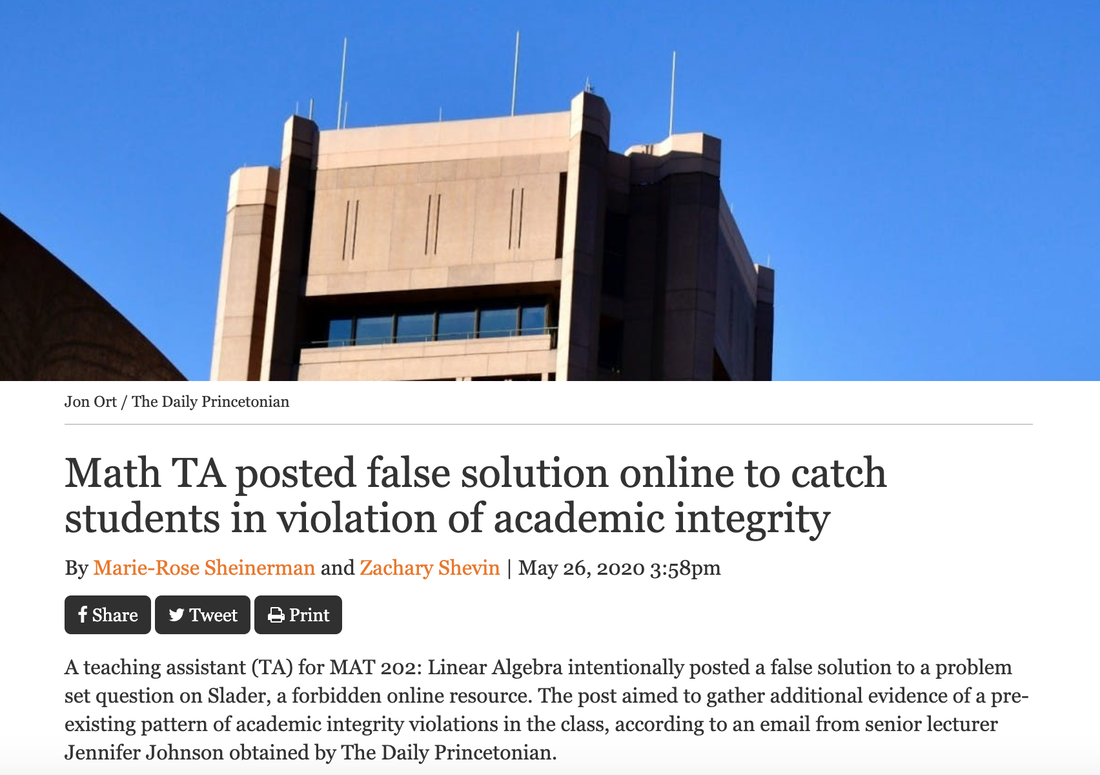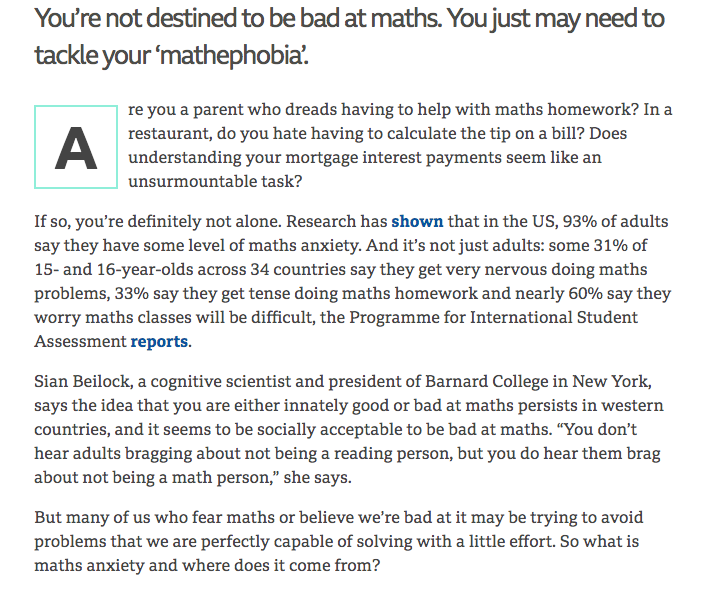One thing I love about Parmida is her composure. She doesn't doubt herself; she has confidence in herself. There have been several (many?) times in the past when I have "suggested" that Parmida follow some other route than the one she is currently on. At times I have asked her to complete more work IN class (her preference is to do more at home) or to sit apart from her (truly lovely) friends (she prefers some light socialization in class). Parmida always looks at me like I'm slightly crazy. She's never rude; just matter-of-fact: "I'd rather do it this way". And, in fairness to her, it almost always works out. Parmida has done very well in my classes all three years that I have taught her (it's not FOUR is it, Parmida?).
And another great quality: Parmida is very forgiving. There were one or two occasions where I remember losing my temper (mildly) with Parmida (I think we were going over her test together, looking for missed marks). When she left I felt bad, like I'd been a bit harsh. But I saw her again, mere hours later, and she was as friendly and as sweet as ever.
Which is ANOTHER wonderful trait of Parmida's: she is such a personable and kind person. I have always found her to be sincere when she is saying hello, asking me how I'm doing, thanking me for my help. So nice to be around someone like that!
One last thing about Parmida that took a while for me to realize: she has a wicked sense of humour. I have heard her teasing Sam B and complaining about various school things (Math or otherwise) and it's pretty hilarious. She has a straight-face delivery but she's very funny.
It's been awesome teaching you, Parmida. Thanks for ALWAYS being so kind to me, so patient, so determined, and such a hard-working student. I know that you will be successful in the years ahead. I will miss you and I love you!






 RSS Feed
RSS Feed